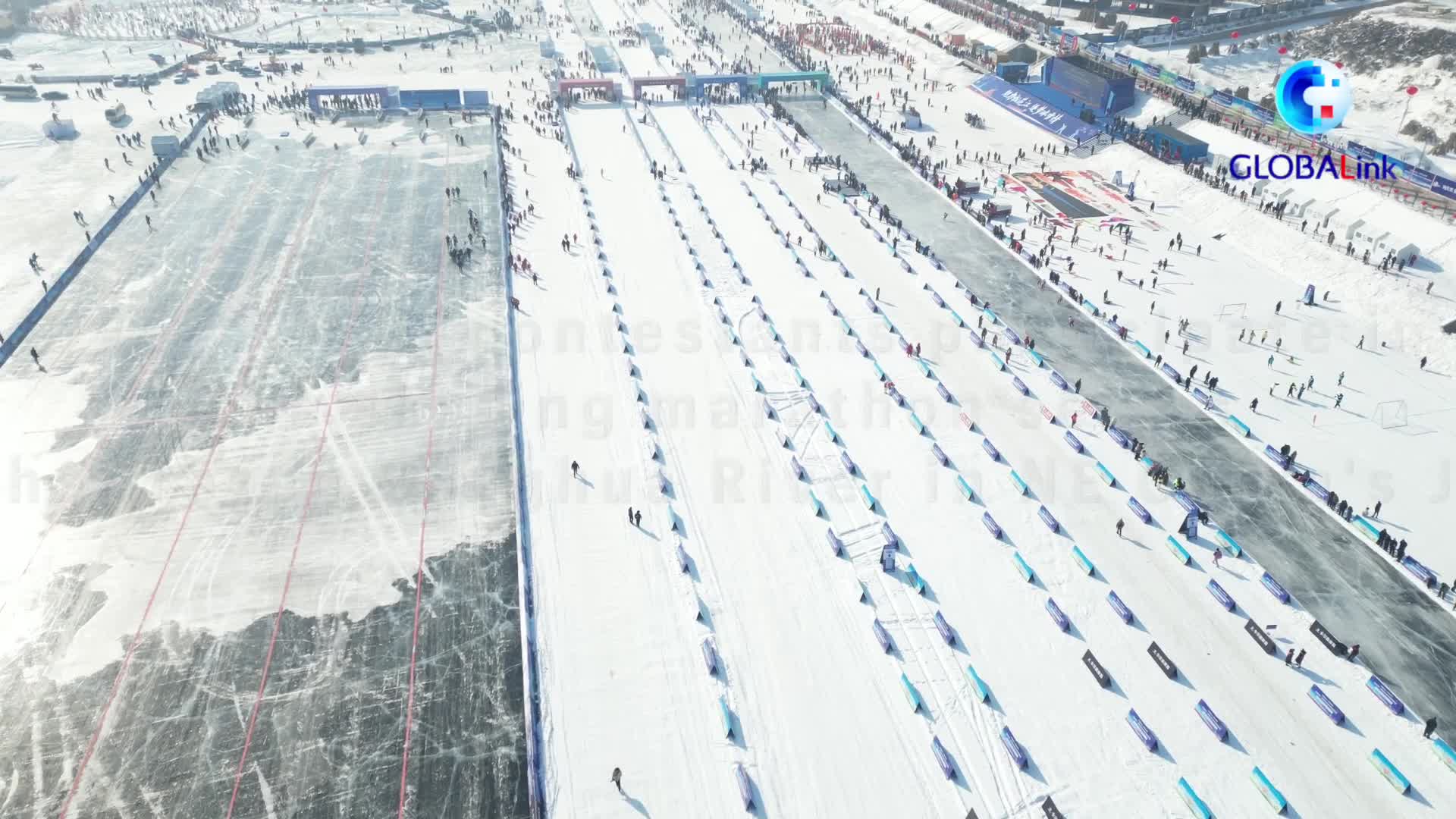SHANGHAI, Feb. 1 (Xinhua) -- The image of a farmer pulling a field-ploughing buffalo is usually conjured up when thinking of the physically-taxing farm work.
With that picture in mind, one would startle at the scene of remote-control-holding engineers "herding" robotic "cattle," in a farmland situated in the outskirt of Shanghai.
The futuristic scene was created by over 70 engineers who have, over the past seven years or so, buried themselves in research and development of farming robots in Tinglin Township's Diantian Farm in Shanghai. These engineers are employed at the high-tech company, Shanghai Sweet AI Technology.
The iron-and-steel "cattle" they maneuvered with remote controls, equipped with tracks as "legs and hooves", are AI-enabled robots capable of various farm works, including ploughing and harvesting. Engineers in the Diantian Farm have so far built more than 60 types of these farm robots.
Farmers can simply log on to a WeChat app account with their mobile phones and adjust directions using an app interface, which activates the robots.
"Agricultural robots are marked by rapid moves, accuracy and tirelessness," said Wang Jinyue, CEO of Shanghai Sweet AI Technology.
Enabled by 5G, image recognition technology and big data systems, a picking robot can instantly "calculate" its distance from the targeted fruit and convey the instructions to the robot arms, Wang gave an example of how farm robots work.
Weeding robots, for instance, can accurately distinguish weeds from crops, and snip out weeds while leaving crops untouched. A weeding robot works incessantly for eight hours following one hour of charging, and large-size robots can weed 500 mu (33.3 hectares) of land a day.
Wang even recalled his experience of doing excruciating farm jobs. "I grew up in the countryside, however, strong as I am, I was not as efficient as the elders in farm work, and half-day farm jobs left my hands covered with blisters."
Wang said the experience motivated him to delve into the development of agricultural machinery.
The scene in the Shanghai suburb is being played out in other fields in the country as well. In Hanzhong, in northwest China's Shaanxi Province, a group of engineers are applying smart technology to vegetable planting.
In a smart green house operated by the Shaanxi Riliguanghe Biotechnology Co., Ltd, after the land is prepared by the automated rotary tiller, the automated planter lays a board dotted with drilled holes on the ground, and it places the seeds in the holes with superb precision.
A vegetable farm measuring 200 mu is attended by five workers only, as long-distance maneuvering and long-distance monitoring have made the unmanned planting of vegetables possible.
"There are few people now willing to stay in the agricultural sector," said Guo Qiang, general manager of the Shaanxi Riliguanghe Biotechnology Co., Ltd., attributing the labor shortage to the tedious farm jobs and modest returns.
"The digitalized farming practices are expected to entice more youngsters to return to farm jobs and settle in their hometowns, bringing new vigor to the rural revitalization drive," said Guo. ■












